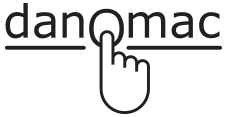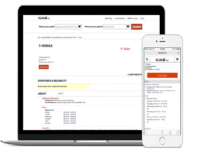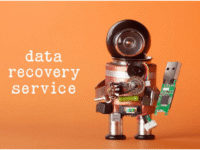Basics of Data Visualization

Any effort made to help people understand the importance of data by converting it into visual context is called as Data Visualization. Trends, patterns, and correlations are exposed which may go unnoticed in text based data, and are recognized very well with data visualization software. Click here to learn more about data visualization. Data visualization has gone beyond the standard charts and graphs and is now using a variety of sophisticated ways to express the data, such as: infographics, geographic maps, heat maps, pie and fever charts and many more. Images are used to interact effectively and allow the user to use these images for further analysis and queries.
Significance Of Data Visualization
Data visualization is now a standard for the modern business intelligence. Nearly, all business intelligence have a strong visualization functionality. Tools of data visualization are important in making data and analytics popular as well as making availability of data driven insights to employees throughout the company. Usually, these tools are easier to operate compared to the business intelligence software that analyze statistics traditionally. This resulted in usage and implementation of data visualization tools in businesses on their own, without taking support from the IT. Click here to learn more about data visualization. Data visualization tools that are used currently usually comes with connectors to common data sources, which also includes a variety of cloud storage platforms.
From these sources, the data visualization software gathers the data, and applies a graphic type to this data. Data Visualization software plays a major role in projects related to big data and advanced analytics. Data Visualization tools are natural fit for business that have a bulk data accumulated over years, which needs a way to easily and quickly get an overview of their data. It is important to data analysts to visualize the outputs in order to monitor the results, ensuring that the models are performing as they are expected to. This is because complex algorithms are easier to interpret compared to numerical outputs.
Samples Of Data Visualization
Data visualization tools are used in various ways and is commonly used as a business intelligence tool. To generate the automatic dashboards, which track company performance through key performance indicators and interpret the results visually. There are many companies that use data visualization software in order to track their initiative programs. To explain this, let’s say, a marketing team is using data visualization software to monitor their email campaign performance, or to track metrics such as open rate, conversion rate, or click-through rate, and many more. With the advances of data visualization tools functionality, they are now also used as front end technology, especially for environments with more sophisticated big data. With this implementation, the tool helps data scientists and engineers to track the data sources and perform basic exploratory data analysis before or after advanced analysis.






